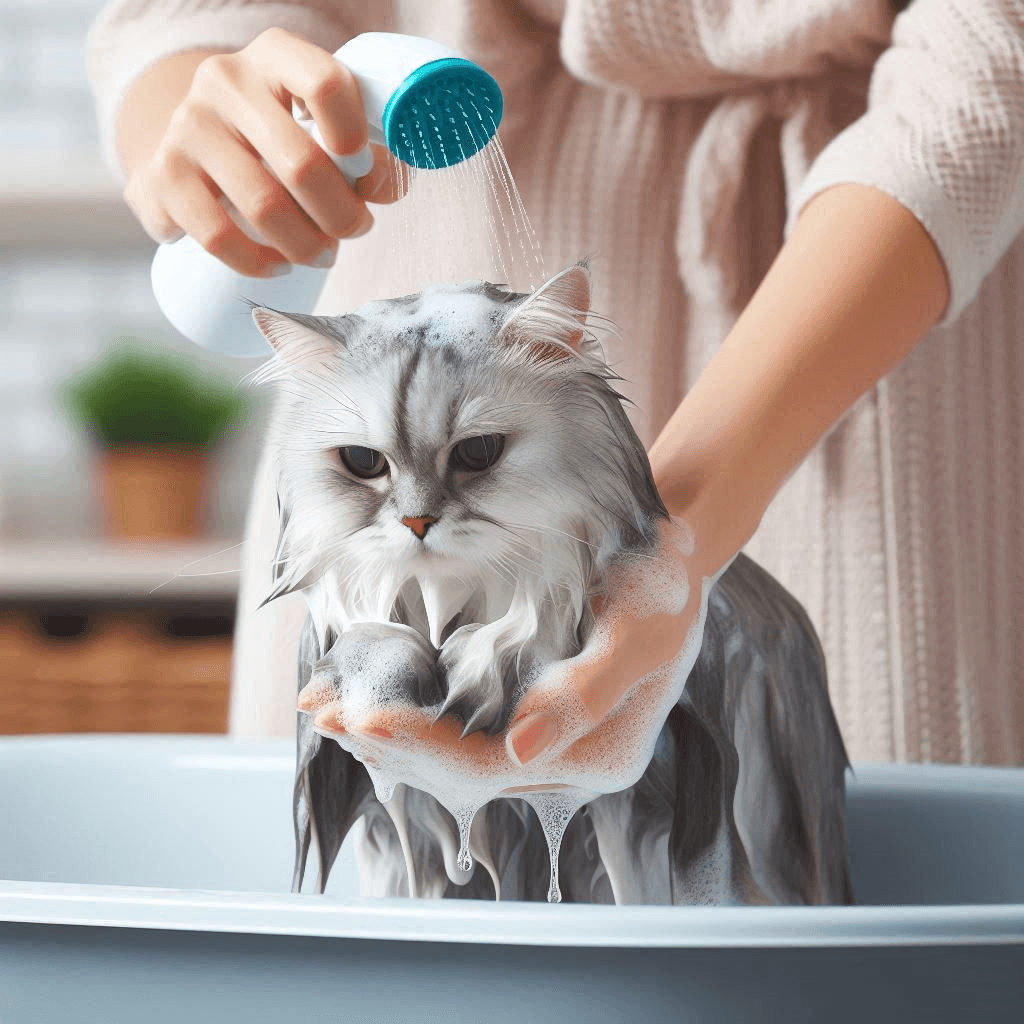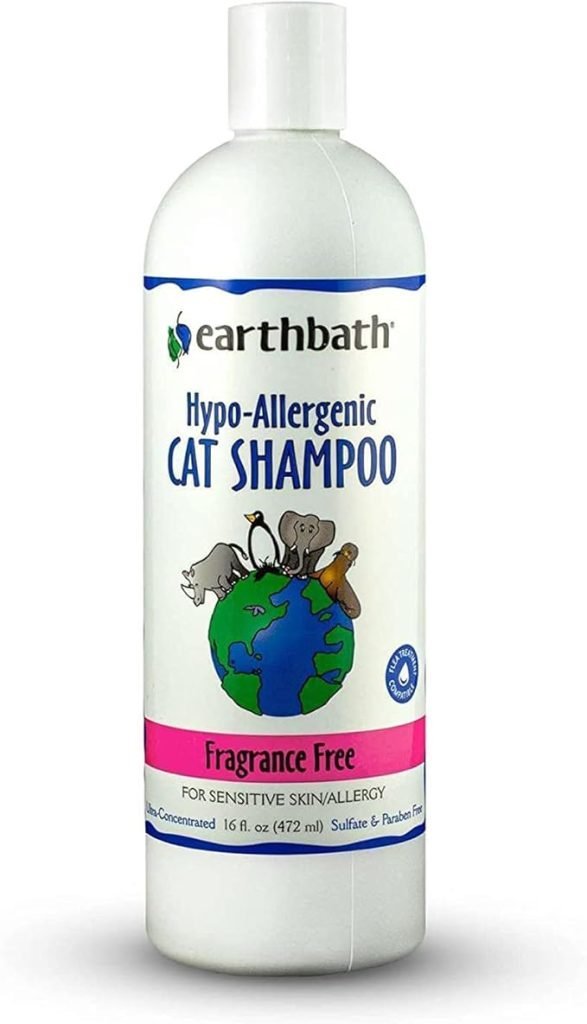Bathing a cat might sound like a mission impossible, but with a little preparation and the right approach, it can be a breeze. Let’s dig into some tips and tricks to make bath time a stress-free experience for both you and your feline friend.
1. Common Concerns About Bathing Cats
Do Cats Really Need Baths?
Most cats are excellent self-groomers and rarely need a bath. However, there are times when a bath is necessary, like when your cat gets into something sticky or smelly, or if they have a skin condition that requires special care.
Will My Cat Hate It?
Cats aren’t big fans of water, but with patience and the right techniques, you can help them tolerate bath time. Starting the process when they’re young can also make a big difference.
2. Choosing the Right Shampoo
Cat-Specific Shampoos
Always use a shampoo that’s specially formulated for cats. Human shampoos and even dog shampoos can be too harsh and may cause skin irritation.
Medicated Shampoos
If your cat has a skin condition, your vet might recommend a medicated shampoo. Follow their instructions carefully to ensure it’s effective.
Natural Options
There are many natural shampoos available that are gentle on your cat’s skin and coat. Look for ones with ingredients like oatmeal and aloe vera.
3. Preparing Your Cat
Trim Nails
Before bath time, trim your cat’s nails to prevent any accidental scratches.
Brush Out Tangles
Brush your cat thoroughly to remove any tangles or mats. This will make the bathing process smoother.
Get Everything Ready
Have all your supplies within reach before you start: shampoo, a cup for rinsing, towels, and a non-slip mat for the tub or sink.
4. Handling the Bathing Process
Fill the Tub
Fill the tub or sink with a few inches of lukewarm water. The water should be comfortable to touch but not too hot or cold.
Introduce Your Cat to the Water
Gently place your cat in the water. Speak in a calm, soothing voice to help them relax. Pour water over their body using a cup, avoiding their head.
Apply Shampoo
Apply a small amount of shampoo and gently lather it into your cat’s fur. Be careful around the face and ears.
Rinse Thoroughly
Use the cup to rinse off all the shampoo, ensuring no residue is left behind. Residual shampoo can irritate your cat’s skin.
Drying Off
Wrap your cat in a towel and gently pat them dry. Avoid using a hairdryer unless your cat is used to it and it’s on a low, cool setting.
5. Making Bath Time Stress-Free
Stay Calm
Your cat can sense your anxiety. Stay calm and reassuring throughout the process.
Use Treats
Reward your cat with treats and praise before, during, and after the bath to create positive associations.
Take Breaks
If your cat becomes too stressed, take a break and try again later. It’s important not to force the process.
6. Importance of Regular Grooming
Reducing Shedding
Regular grooming, including brushing and occasional baths, helps reduce shedding and keeps your home cleaner.
Preventing Mats
Especially for long-haired cats, regular grooming prevents mats and tangles, which can be painful and lead to skin issues.
Health Checks
Bathing and grooming give you the opportunity to check your cat’s skin, ears, and overall health, catching any issues early.
Bathing your cat doesn’t have to be a nightmare. With the right preparation and approach, it can be a manageable and even enjoyable part of your routine. Remember, regular grooming is key to keeping your cat clean, healthy, and looking their best. Happy bathing!
This website is a participant in the Amazon affiliate advertising program and this post contains affiliate links, which means we may earn a commission or fees if you make a purchase via those links.





